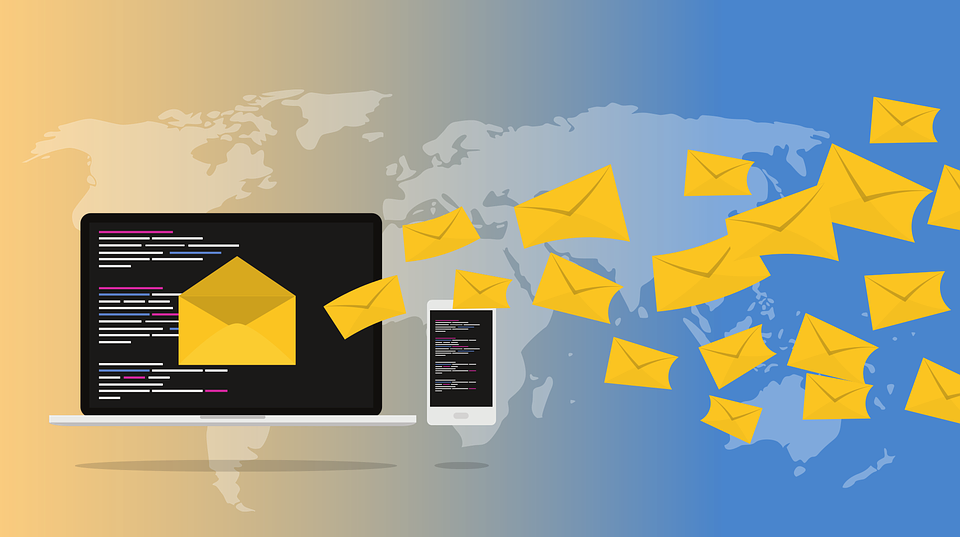There are many types of media channels to communicate. We can choose from the most common communication methods including phone, email, instant messaging and social media. While many companies do use calling and internal social networks to communicate, the majority are heavily reliant on email and chat systems to stay in touch with each other. In addition to many ways to use the internet, there are certain situations where sending instant messages are much more efficient than the traditional email. In this post, we’ll explore when to send emails or instant messages at work.

External Communications
One of the major differences between email and instant messaging is access. If you would like to chat with someone in the organization, they must have the same platform and messenger that you have. That is why many companies invest in a chat platform that can work company-wide. However, these features are useless with external communications. Here, email is the clear winner because nearly everyone has email. It is universal in the digital world. You can universally send emails to anyone at any time. As long as it is not SPAM, the odds of deliverability are very high.
Immediate Support
Perhaps the greatest advantage to chatting for work, instant messengers are exactly that, instant. Since you are on the same platform, you can talk to other people at work in real time. This is effective if you need immediate support. According to the CEO of Infor, Charles Phillips discusses startups that use instant messaging over email because of the speed of communication. It takes far less time to get a response and interact with others right away. If you find yourself in a situation at work where you need a quick response, try sending an instant message to save some time.
Sending Important Documents
On the other hand, the speed and access of chat can be overshadowed by the archiving ability of email. Many times, you might need to send important documents, media or attachments to co-workers or executives. While this can be sent through an instant messenger, email allows for an organization that many people are used to. By storing important documents in an organized manner, it makes the entire business more efficient. Thus, you may want to send important documents via email where you know they are seen and stored in the receiving person’s inbox.
Less Than 3 Simple Questions
Next, instant messengers are the best for quick questions. If the answer is not urgent in nature, a simple chat could save plenty of time from walking over to that person and interrupting their work. IM is the best for quick questions and collaboration. However, it can be disadvantageous if you need to ask more than three questions. At that point, you probably need to have a quick meeting or get a call to make further clarifications. While you have simple questions, IM remains to be the best way to get in touch and get the ball rolling at work.
It’s After Business Hours
The immediacy and efficiency of instant messages only work when all the parties are present. You might be working late after hours and want to get in touch with someone. While you can send them an IM, they are unlikely to respond with a swift and speedy answer. Moreover, it could come off as obtrusive if you are chatting people at all hours of the day. Instead, you can simply send an email. Since most professionals are used to receiving emails 24/7, they will not hesitate to read the email and possibly send a response at their convenience. In this situation, email could be faster than instant messages and avoid any unnecessary pressures to respond immediately.
As millennials and Gen-Ys enter the workforce, instant messaging at work continues to rise. For many daily, conversational interactions, instant messages are preferred to emails. If you are sending information to clients or anyone outside the organization, then email is the most accepted form of communication. Furthermore, when you are sending something very important, whether it’s a document, video or attachment, email could help the other person organize the storage of the file. Then, if it is after hours, it could be polite to send an email rather than a chat message. Otherwise, instant messengers can save you a lot of time to get instant support, communicate in real time and answer quick questions on the fly. When it comes to simple conversations, chat is the way of the working future.




